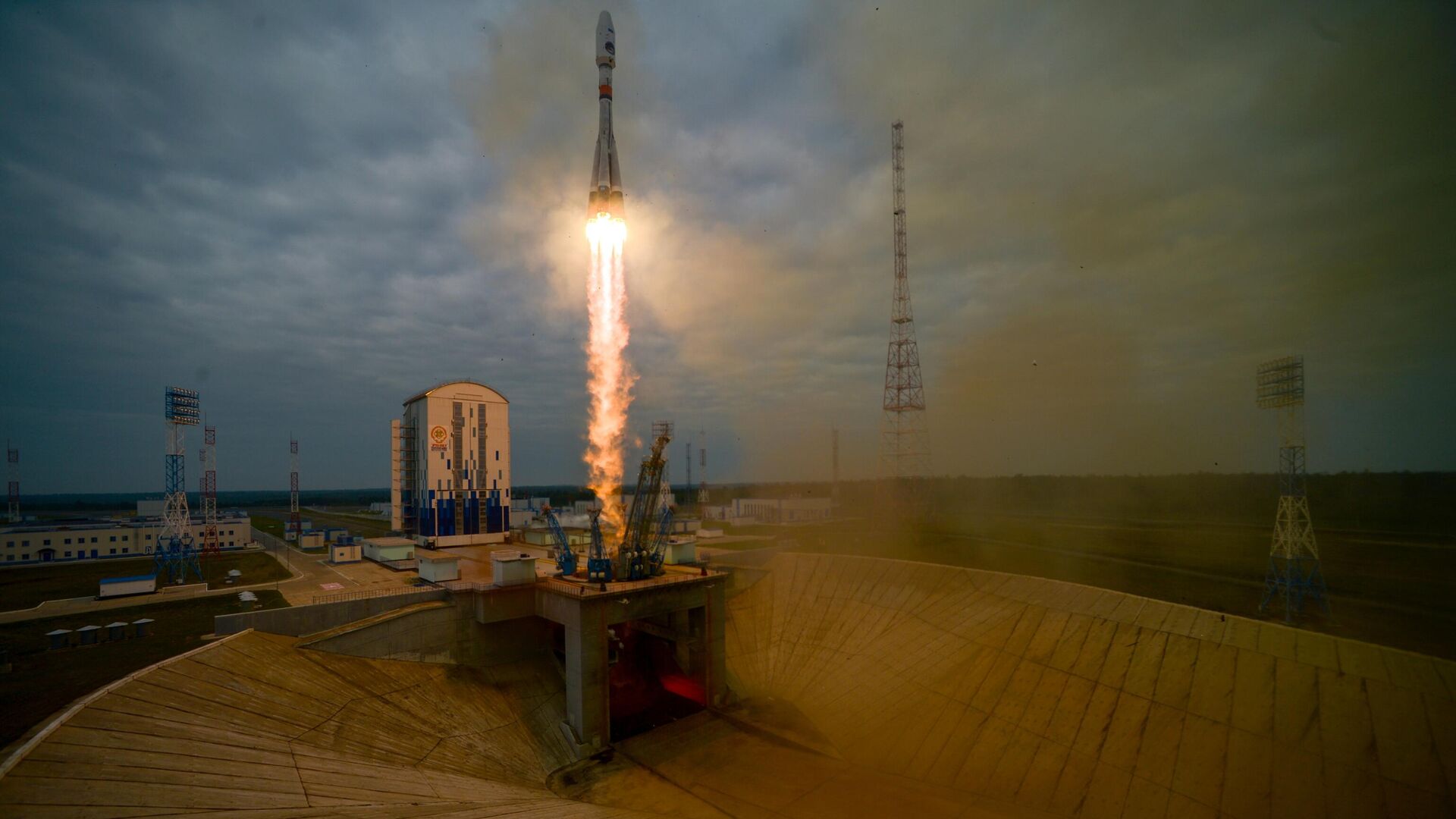
MOSCOW, December 25 Russia conducted fewer space launches in 2023, than last year and even the year before, however, this year cannot be called boring for the rocket and space industry: for the first time in almost half a century, a station was sent to the Moon, the preliminary design of the ROS station was completed, and the cosmonauts on the ISS set another record.
Read about the most important events that took place in Russian cosmonautics in the past year.
The short flight of the long-awaited Luna-25
The flight of the automatic station Luna-25 became the main event in the Russian space industry — even despite the sad ending. The station project in its final form was planned more than 10 years ago, and Luna-25 became the first object in almost half a century that our country sent to the Earth’s natural satellite.
After launching on August 11 from the Vostochny Cosmodrome, the station managed to take several space “selfies” along the way and entered lunar orbit on August 16. A soft landing on the Moon's South Pole was scheduled for August 21.
Roscosmos reported on August 19 that an emergency situation occurred on board the station, which did not allow the transition to the pre-landing orbit with the specified parameters. The next day it became known that Luna-25 switched to an off-design orbit, collided with the Moon and ceased to exist.
Later, the head of Roscosmos, Yuri Borisov, reported that the engine of Luna-25, when trying to switch to a pre-descent orbit, worked for 127 seconds instead of 84 and the device “crashed” into the Earth’s satellite. The emergency commission named the most likely cause as abnormal functioning of the on-board control system. The accelerometer block in the BIUS-L device (unit for measuring angular velocities) did not turn on “due to the possible inclusion of commands with different priorities for their execution by the device in one data array.”
Borisov later said that Roscosmos was considering options for shifting the launches of the next Russian interplanetary missions — the orbital Luna-26 and the landing Luna-27 — to earlier dates.
The new station was approved
Russian President Vladimir Putin, during a visit to the Rocket and Space Corporation (RSC) Energia on October 27, gave instructions to approve the project to create a Russian orbital station (ROS). According to Borisov, active work on the station will begin next year, funding has already been allocated. He estimated the creation of ROS until 2032 at 609 billion rubles, of which about 150 billion will be required in the first 3 years.
ROS should replace the International Space Station, the operation of the Russian segment of which has so far been extended until 2028 (all others until 2030). The new station will be deployed from 2027 to 2032, it will include scientific and energy, hub, gateway, base and target modules. According to the general designer of manned space flight in the Russian Federation, Vladimir Solovyov, the service life of the ROS will be 50 years due to the replaceability of modules.
The station, unlike the ISS, will be placed in a high-latitude orbit with an inclination of 96.8 degrees, which will make it possible to fully see the territory of Russia. In addition, this will contribute to the study of the influence of radiation conditions close to deep space on the human body.
17 earthlings in orbit
Russian cosmonauts Sergei Prokopyev and Dmitry Petelin, together with US astronaut Frank Rubio, broke the record for the duration of crew stay on the ISS. On September 11, they exceeded the achievement of Peter Dubrov and Mark Vande Hei, who flew 355 days 3 hours 45 minutes 21 seconds in 2021-2022. On September 27, Prokopyev, Petelin and Rubio returned to Earth; by the time of landing, they had spent 371 days in space.
The future record holders flew to the ISS on September 21, 2022 on the Soyuz MS-22 spacecraft and were supposed to return after 188 days. However, after the ship’s cooling system depressurized in December 2022, it was decided to send the Soyuz MS-23 in an unmanned version and return the crew on it. In order to fully take advantage of the ship's resource, the mission of Prokopyev, Petelin and Rubio was extended for several more months. The championship for the longest space flight, however, still belongs to the Soviet and Russian cosmonaut Valery Polyakov, who spent more than 437 days at the Mir station in 1994-1995.
Oleg Kononenko and Nikolai Chub, who were originally part of the Soyuz MS-23 crew, but “gave up” their ship and arrived on the Soyuz MS-23 24″ on September 15, will also spend a year at the station.
The depressurization of the Soyuz MS-22 was not the only trouble that befell the record-breaking crew. On February 11, 2023, a similar problem occurred on the Progress MS-21 truck. The ship at that time was already ready for undocking and flooding after three months at the station. The hole in the truck's radiator left by the sporadic meteoroid turned out to be significantly larger than that of the manned ship — about 12 millimeters versus one. However, the ship was scuttled, as planned, on February 18.
Another leak occurred on October 9. This time, the backup circuit of the external radiator, which is necessary to remove excess heat that can be generated during experiments, has become leaky on the Science module. The incident did not affect the operation of the station or the lives of the crew. The radiator was delivered to the station in 2012 and installed during one of the spacewalks.
In addition, on May 30, the record for the number of people simultaneously in Earth orbit was broken: six on the Chinese Tiangong orbital station and 11, including Prokopyev, Petelin and Andrei Fedyaev, on the ISS.
Too many willing
In the summer, a new selection for the Russian cosmonaut corps began. It was already the fourth, during which anyone could submit applications. It was originally planned that the acceptance of applications would end on October 30, but it was extended until December 20. As the head of the Gagarin Cosmonaut Training Center (CPC) Maxim Kharlamov explained, this was done because there were too many applications and the commission did not have time to process them.
As Roscosmos reported, a total of 1,394 applications were received, 263 applicants, including 69 women, provided complete packages of documents. Applications were submitted by 63 military personnel and 45 employees of space enterprises.
Based on the results of the professional selection, it turned out that some of the applicants did not meet the requirements; 33 men and 8 girls passed the full-time stage. Currently, 20 people are taking part in the selection, two have already successfully completed it and are awaiting approval of the decision of the medical commission.
The commander of the cosmonaut corps, Oleg Kononenko, said in an interview that it is planned to select up to six people. According to Kharlamov, the CPC will transfer the documents of the selected applicants to Roscosmos on March 22, 2024.
Currently there are 26 people in the Russian cosmonaut corps. 16 of them flew into space.
The launch for «Angara» was tested at Vostochny
Tests of the launch complex for Angara family rockets, which has been under construction at the Vostochny Cosmodrome since 2018, began on November 16. To do this, a mock-up of the Angara-NZH (ground-based liquid) was delivered there — a copy of the rocket, equipped with all the systems involved in preparation for launch. Complex tests with it, as Roscosmos reported, were successfully completed on December 11.
It is assumed that the heavy Angara-A5 will launch for the first time from Vostochny in the first quarter of 2024. Since 2014, three launches of the lightweight Angara-1.2 and three Angara-A5 have taken place, all from the Plesetsk military cosmodrome in the Arkhangelsk region. Launches in the interests of the manned program, including the construction of the ROS, will take place from Vostochny.
For cosmonaut flights, a modernized Angara-A5M with a slightly larger payload will be used. Soon, as expected, tests of the emergency rescue system of a promising transport ship (aka «Eagle») will be carried out here using the same «Angara-NZh». In addition, as Roscosmos reported, the rocket itself was recently sent to the cosmodrome for its first flight, and the Orion upper stage has already arrived for flight testing.
Running on the Moon
Institute of Biomedical Problems (IMBP) RAS in 2023, the SIRIUS-23 experiment began to isolate the crew to simulate a flight to the Moon. On November 14, six participants (five Russians and one representative of Belarus) were locked up for a year in the experimental complex of the institute.
Now the participants in the experiment have already “flyed” to the lunar orbit, where their “ship” has “docked” to the station. During SIRIUS-23, crew members in different groups of four will “land” and work on the surface of the Moon, including learning to walk and run on it, as well as control robots.
Similar “Sirius” tests lasting 17 days, 4 and 8 months have already been completed previously. In addition to the Russians, researchers from the USA, Germany and the UAE took part in them, but NASA took a break in 2023. However, the experiment has not ceased to be international; within the framework of the mission, scientific research will take place in the interests of India, the Czech Republic, Turkey, Italy, Canada, Malaysia, the USA and Korea.
In each of the previous stages of SIRIUS, the crews consisted of three men and three girls, only during the eight-month SIRIUS-21 one of the participants was forced to leave the project because she was injured on the simulator. The crew of the year-long expedition includes four girls and two men.
The first all-weather
During the first launch of the year from Vostochny, which took place On May 27, the first radar satellite for round-the-clock all-weather observation of the Earth's surface, Condor-FKA, was launched into orbit. It is designed to solve agricultural problems, monitor the consequences of man-made and natural emergencies, as well as film ice conditions on the Northern Sea Route.
The mass of the satellite is 1050 kilograms, and the altitude of its circumpolar orbit is from 500 to 550 kilometers. It operates in three modes — detailed frame, detailed route and overview — and can take up to 100 images of the Earth's surface per day.
In November, Deputy Director of the Department of Automatic Space Complexes, Navigation Systems and Remote Sensing of Roscosmos Valery Zaichko announced that flight tests of the radar satellite were being completed, and from January 1 it would provide data to all consumers.
It is expected that next year the constellation of Russian radar satellites will be replenished with a second Condor-FKA (launch scheduled for June 8), as well as another Obzor-R satellite. Two Condors in orbit will be able to completely inspect the NSR in six days.


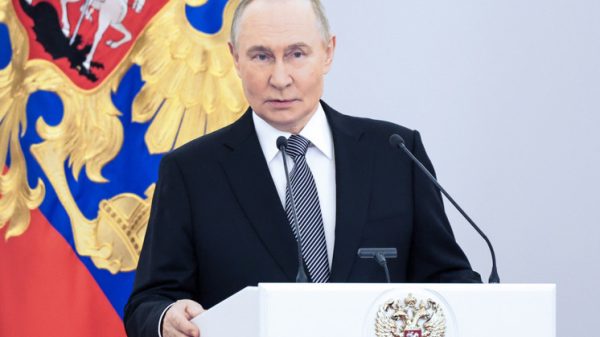

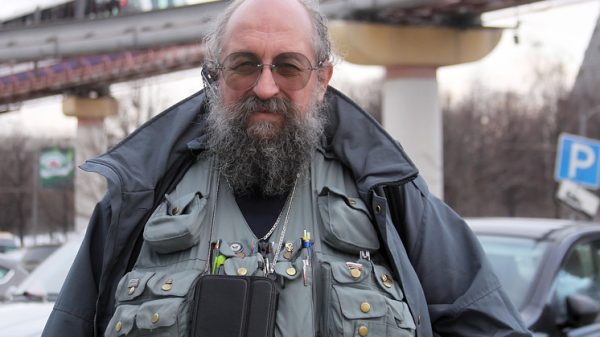



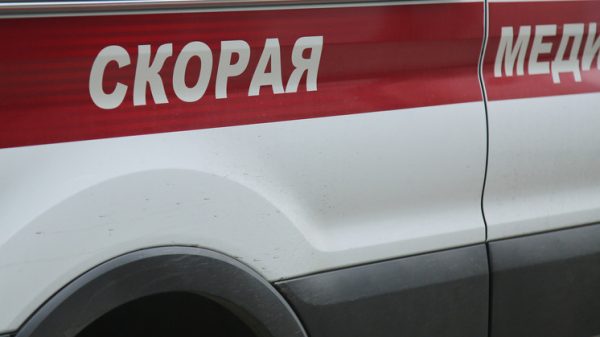
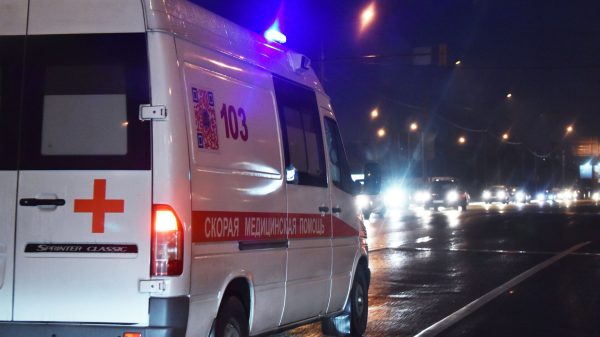



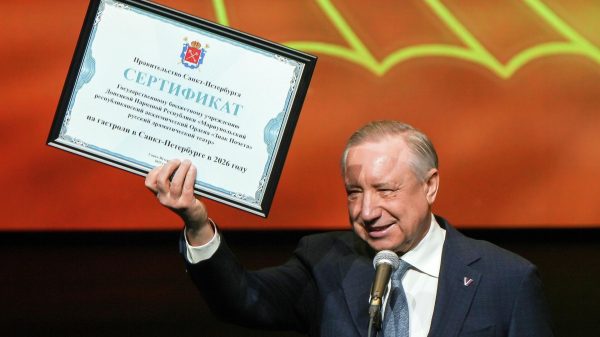




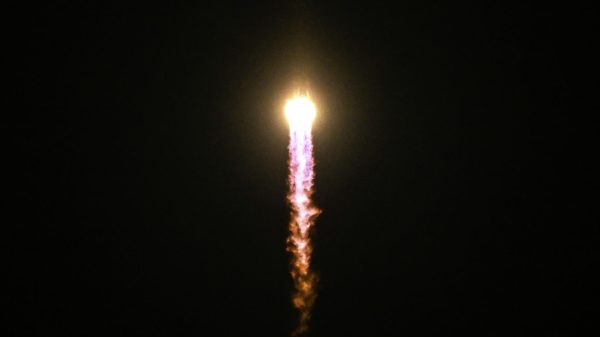

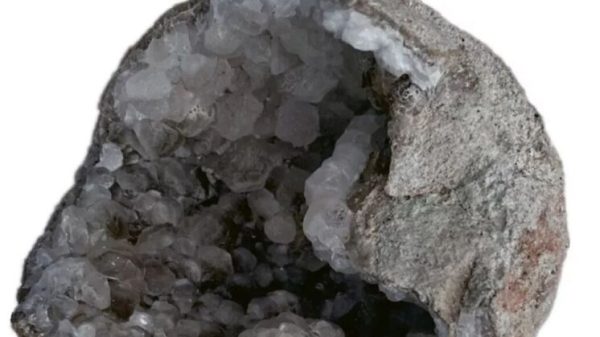

















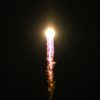
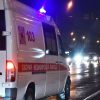














Свежие комментарии